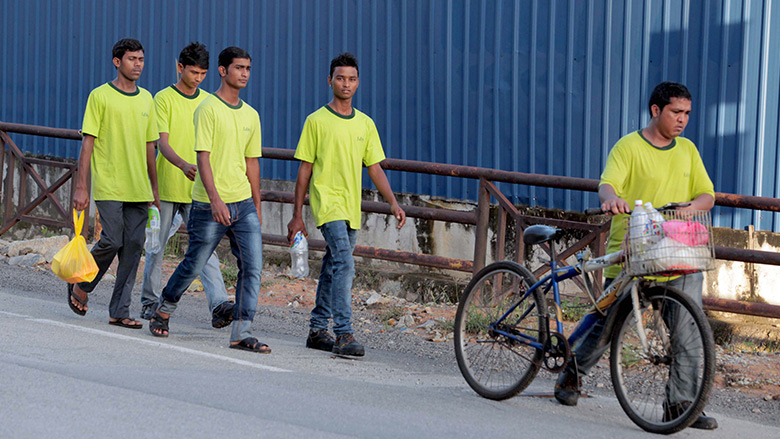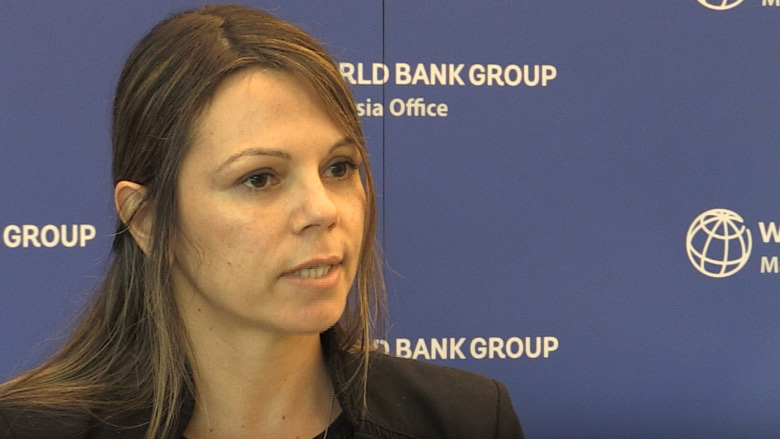Key Findings
The Malaysian economy continues to expand, albeit at a slower pace.
- Growth is projected to be 4.7% in 2015, easing to 4.5% in 2016 and 2017.
- Private consumption growth is expected to moderate from 7.0% in 2014 to 5.3% in 2015 and 2016, affected by the slowdown in disposable income and a softer labor market, though unemployment remains low.
- Fixed investment is projected to continue expanding, driven by strong public infrastructure development, despite a downturn in the oil and gas sector
- The current account surplus is projected to narrow from 4.3% of GDP in 2014 to 2.5% of GDP in 2015, driven by low commodity prices.
- Malaysia has managed the downturn in commodity prices and the financial market volatility with an appropriate policy mix, notably exchange rate flexibility.
- The authorities have allowed the Ringgit to nominally depreciate by 20.5% from January 2015 until December 8, 2015.
- The introduction of the Goods and Services Tax (GST) and the removal of fuel subsidies were timely and critical reforms implemented by the government. Fuel subsidy removals have led to fiscal savings of 0.9% of GDP, while GST collection is expected to amount to 2.3% of GDP in 2015.
- These measures partly compensated for lower oil related revenues that are projected to decline from 6% of GDP in 2014 (30% of total revenue) to 3.8% of GDP (19.7% of overall revenues) in 2015.
- Fiscal consolidation and resolving political issues can help reassure foreign investors and cope with heightened external vulnerability.
Immigrant labor plays a crucial role in Malaysia’s development. Immigrants – both high- and low-skilled – will be needed for the country to achieve high income status by 2020.
- Malaysia has the fourth largest number of migrants and the seventh highest ratio of migrants to total population in East Asia Pacific.
- There are 2.1 million registered immigrants in Malaysia and likely over 1 million undocumented immigrants, making up 15% of Malaysia’s workforce in 2014.
- As Malaysians have become more educated and seek out higher-skilled jobs, and as the labor market remains tight, immigrant labor has filled gaps in low- and mid-skilled jobs, which make up three quarters of all jobs in Malaysia.
- Econometric modeling suggests that a 10% net increase in low-skilled foreign workers may increase Malaysia’s GDP by as much as 1.1%.
- For every 10 new immigrant workers in a given state and sector, up to five new jobs may be created for Malaysians in that state and sector, two of them female.
- Economic modelling suggests that a 10 percent net increase in low-skilled foreign workers may increase real GDP by up to 1.1 percent.
- A 10% increase in immigration flow slightly increases the wages of Malaysians by 0.14%. Yet it significantly reduces salaries of immigrant workers already in the country by 3.94%. A 10% increase in immigration flow reduces wages of the least-educated Malaysians, which represent 14% of the total labor force, by 0.74%.
- The fiscal burden is mainly borne by undocumented immigrants. Documented immigrants in Malaysia raise employment and wages of Malaysians which in turn contributes to public revenues. Also, levies pay for work permits of documented immigrant workers raising 1.2% of total revenues in 2014, they have to have health insurance which reduces the burden on the government.
Recommendations: Six possible directions for reform for Malaysia to strengthen its immigration system.
- Aligning the institutional and legislative framework with the human resource development strategy;
- Establishing an evidence-based system for identifying labor market shortages that immigrant labor can fill;
- Adopting a live-levy system that responds to labor market needs identified in the evidence-based system;
- Using a broader set of criteria to categorize immigrants (i.e. skills, experience) and defining approaches for their recruitment, employment, and repatriation;
- Strengthening monitoring and enforcement of immigration and labor regulations; and
- Investing in upskilling the unskilled workforce, and promoting productivity-enhancing technology.


